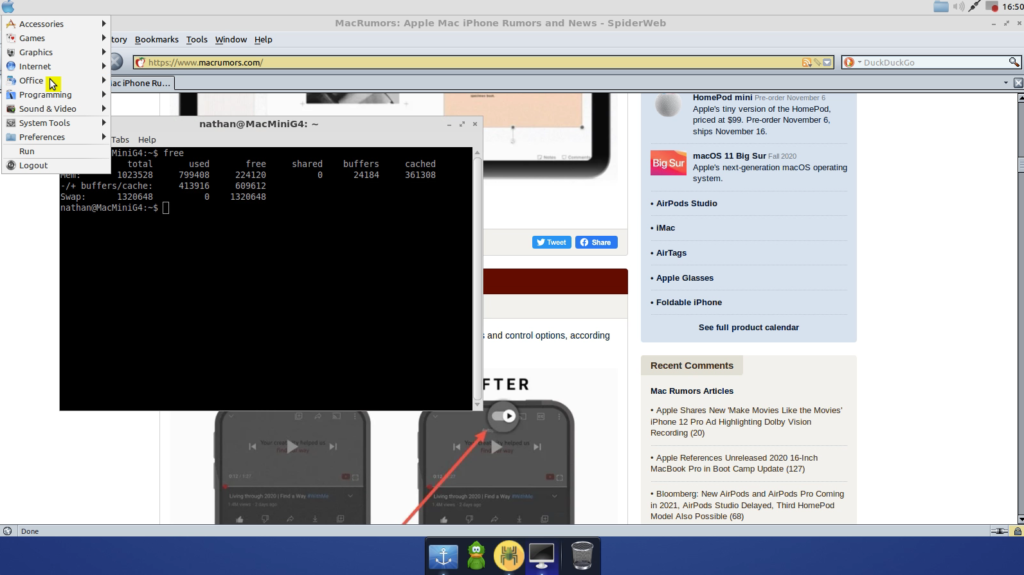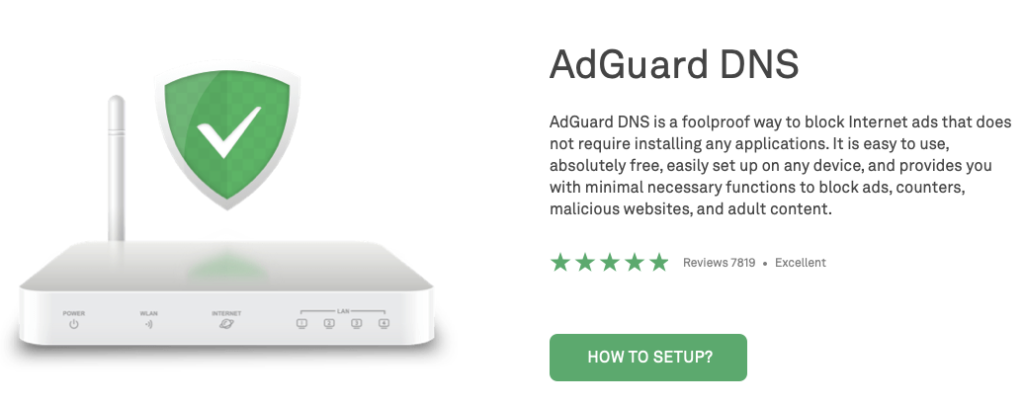
If you are looking to extend the life of your G4 or G5 PowerPC machine, open source software is a valuable tool for interesting software packages that can provide better security and breath some life into our aging computers.
One of the Linux variants that is available for PowerPC Macs is Lubuntu-Remix.
You won’t find this one on the official Lubuntu pages, because it is maintained by “wicknix” over on the MacRumors forum. He provides a few different versions, including one that is based off of Ubuntu 16 and works better on G5s. The one I have been utilizing to test some things out is MacBuntu, based off of Ubuntu 12 but with some newer software packages and more modern web browser options. Oh, and a shiny little bit of Mac friendliness like a faux Dock.
As you can see from the screenshot, MacBuntu is functional and provides some nice software options right out of the box (including ArcticFox pictured above). You will need to pay attention to your boot options, as Linux on PowerPC machines often requires making some adjustments to the boot string to make the GPUs function correctly. Without doing so, the system will likely lock up. There are helpful guides in the thread, and wicknix does a great job answering questions from newbies.
In the screenshot above, I am running MacBuntu on an old Mac mini G4. It doesn’t take too long to boot into the desktop, and it is decently responsive. You can browse the web, although webpages are fairly slow to load. Using terminal is of course nice. I also enable a vnc server, so I can remotely log in and tinker with it a bit. Ultimately, it works, and it’s something nice to mess with on a machine that is old and is limited to 1GB of RAM. Keep all that in mind as you tinker with it.
The other challenge is figuring out ways to load the OS in the first place since using a CD/DVD is likely the friendliest solution, but in my case and many others, the old slot loading CD/DVD drives in these PowerPC machines have reached the end of their life. I ended up just pulling mine out, so I was able to get the G4 to boot off a flash drive. It took some trial and error though.
I won’t say that it is as pleasant to use or speedy as a Leopard or Tiger install. It certainly isn’t as fast as OS 9 (which you can install on these old G4s). But since some of the software is newer, it is a nice alternative to throw in the mix and tinker with.



